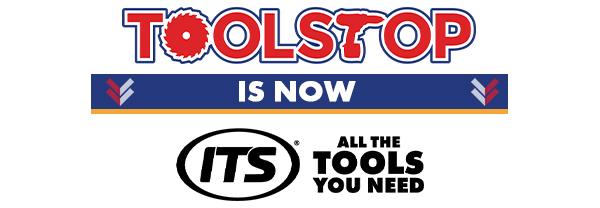Shears & Nibblers
Shears & Nibblers are essential for clean and precise cutting of sheet metal and other materials. Perfect for metalworking and construction, these tools deliver accuracy and efficiency. Available now at ITS.co.uk with next-day delivery for your convenience.
Who Uses Shears & Nibblers?
Shears and nibblers are indispensable for professionals across various industries. From construction to metal fabrication, these tools provide the precision and reliability needed for demanding tasks.
- Metalworkers – Use shears and nibblers to cut sheet metal for manufacturing parts, ensuring clean and efficient results.
- Roofers – Rely on these tools to trim and shape metal roofing materials accurately for seamless installation.
- Electricians – Depend on nibblers for creating accurate cutouts in metal panels during electrical installations.
- DIY Enthusiasts – Perfect for home improvement projects involving sheet metal and lightweight materials.
Shears & Nibblers Are Great for Jobs Such As:
- Trimming metal roofing sheets for construction projects.
- Cutting ventilation ducts and HVAC components with ease.
- Creating custom metal shapes for craft or repair work.
- Precisely cutting automotive panels for restoration projects.
- Making clean cuts in corrugated sheet metal for fencing or siding.
How to Choose the Best Shears & Nibblers
Selecting the right shears or nibblers for your projects is essential for achieving clean, efficient cuts on sheet metal and other materials. Consider these key features to ensure the tool meets your specific needs:
1. Cutting Capacity
The cutting capacity refers to the maximum thickness of material the tool can handle. Check the gauge rating to ensure it suits the metal or material you’ll be working with. Heavier-duty models are ideal for thicker metals, while lighter tools are great for thin sheets.
2. Power Source
Corded: Offers consistent power for extended use, making it ideal for workshops or heavy-duty applications.
Cordless: Provides portability and freedom of movement, which is perfect for on-site jobs or tight spaces where cords could get in the way.
3. Cutting Type
Shears: Ideal for straight and slightly curved cuts, offering speed and precision when cutting sheet metal and other flat materials.
Nibblers: Perfect for intricate cuts, curves, and complex patterns. Nibblers punch out small pieces of material, making them versatile for detailed work.
4. Ergonomics
Look for tools with ergonomic grips and lightweight designs to reduce user fatigue during extended tasks. Compact designs are also useful for working in tight spaces.
5. Speed and Power Control
Adjustable speed settings allow for greater control over your cuts. Higher speeds are suited for straight cuts on softer materials, while lower speeds provide precision on tougher metals.
Popular Accessories for Shears & Nibblers
Selecting the right accessories ensures your shears and nibblers deliver optimal performance and extend their usability. These accessories enhance functionality, improve precision, and provide greater convenience for your metalworking and construction tasks.
1. Replacement Blades
Keep your shears and nibblers cutting smoothly with replacement blades. Designed for quick swaps, these ensure clean and precise cuts, reducing wear and tear on your tool.
2. Cutting Guides
Cutting guides help maintain accuracy during intricate cuts or repetitive tasks. They provide added stability, making them essential for complex patterns or detailed work.
3. Lubricants & Cleaning Kits
Lubricants reduce friction and wear, extending the lifespan of your tools. Cleaning kits ensure your shears and nibblers remain free of debris, maintaining efficiency and performance.
Frequently Asked Questions
What materials can shears and nibblers cut?
Shears and nibblers are designed to cut a range of materials, including sheet metal, aluminum, stainless steel, and even some plastics. They are ideal for tasks requiring clean and precise cuts in thin and thick materials alike.
What is the difference between shears and nibblers?
Shears create straight or slightly curved cuts by slicing through the material, while nibblers punch small sections to create more intricate shapes. Nibblers are better for detailed work, while shears excel in speed and clean edges.
Are electric or pneumatic shears and nibblers better?
Electric models are portable and convenient for general use, while pneumatic models offer greater power and efficiency, making them suitable for heavy-duty industrial tasks. The choice depends on your power source availability and project needs.
How do I maintain my shears and nibblers?
Regularly clean the tool to remove debris, lubricate moving parts, and check for blade wear. Replace dull blades promptly to ensure consistent performance and avoid damaging the tool or the material being cut.
Can shears and nibblers cut curves and intricate designs?
Yes, nibblers are particularly well-suited for cutting intricate shapes and curves due to their punching mechanism. Shears can handle gentle curves but are better for straight or slightly angled cuts.



